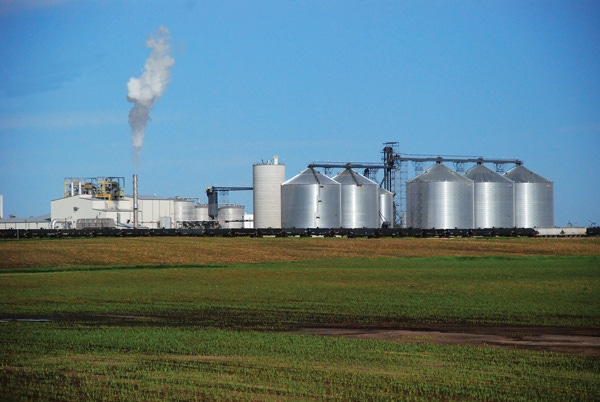July 8, 2019

According to a new report from CoBank’s Knowledge Exchange Division, exports remain one area of optimism for ethanol producers, but that optimism is based on China’s plans to convert to E10 blend gasoline nationally by the end of 2020. In the meantime, domestic U.S. ethanol demand will likely be flat over the next two years.
“For margins to go up, supply will need to go down,” said Will Secor, economist, grain and farm supply, for CoBank. “This will be a painful process for some higher-cost producers as they look to reduce production or exit the industry. Consolidation and a slow grind to higher margins will be themes in the coming years as the industry works through changes to absorb excess production capacity.”
Ethanol plants had expanded capacity after several years of positive margins. However, margins began sliding in the summer of 2018 and plants have struggled to remain profitable since then. With stocks expected to remain above 900 million gallons through the remainder of 2019, margins are expected remain low.
One potential growth area is E15, as this fuel blend containing 15% ethanol can now be sold year-round. Some retailers will need to invest in additional infrastructure to support E15 sales and will have to weigh the costs of new pumps, tanks or other equipment against the potential profits from offering E15.
Increased demand for ethanol due to E15 will be limited in the next three years as retailers make these investments and consumer acceptance builds. Longer-term, the E15 fuel market will be able to provide stronger support to ethanol plant margins.
Persistent, low margins will also drive ethanol plants to diversify their revenue streams. “The ethanol plant of today could turn into the corn bio-refinery of tomorrow,” said Secor. “One could expect co-product offerings to expand and investments in these co-product lines to increase. These co-product investments may include equipment to produce high-protein dried distiller grain with solubles, corn oil optimization, and new buyers for carbon dioxide.”
Source: CoBank, which is solely responsible for the information provided and is wholly owned by the source. Informa Business Media and all its subsidiaries are not responsible for any of the content contained in this information asset.
You May Also Like




